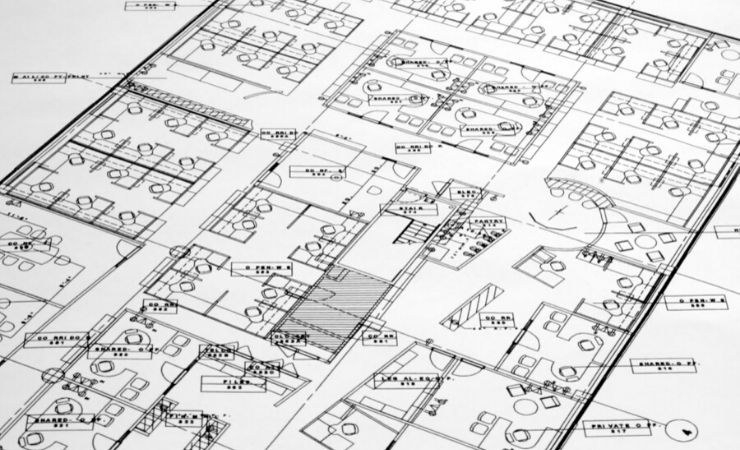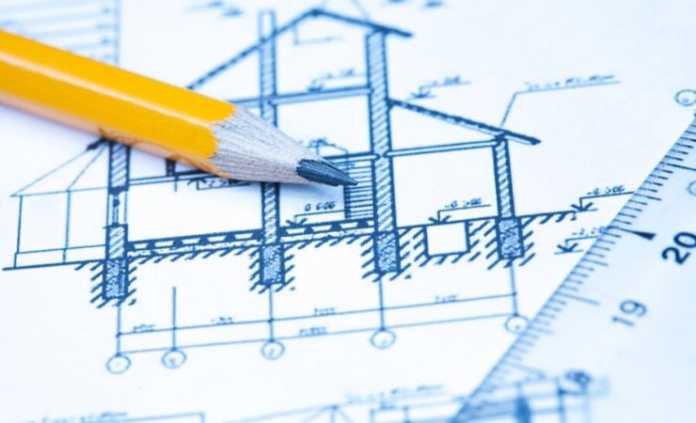A plant layout is an important part of improving your business’s manufacturing process, as it determines the most efficient use of the available space, materials, and equipment. By carefully examining the layout of your manufacturing facility, you can reduce the amount of time and effort required to set up and operate the equipment, while improving safety and production. Also, implementing an effective plant layout reduces the cost of manufacturing and increases the speed at which goods are produced.
By optimizing the layout of production equipment, workers are able to maximize the efficiency of their labor by eliminating extra movement, decreasing fatigue and increasing productivity. Also, it can help improve the quality of the end product by reducing the number of errors due to poor organization or inefficient processes. A well-designed plant layout encourages the reuse of resources and recycle wasted materials, which increases sustainability and reduces waste.
As we know that having a well-thought out plant layout is the cornerstone of successful manufacturing. It provides the basis for creating a stream-lined production process, which optimizes the use of space, labor and materials. Additionally, it enables the efficient use of resources and technologies, which reduces costs and increases quality. A well-designed plant layout also reduces hazards and improves overall operation, for a more profitable and sustainable business.
10 Importance of a Plant Layout
- Increases Efficiency: A good plant layout will help to increase efficiency by optimizing workflow and reducing material flow.
- Enhances Productivity: With fewer obstructions and less wastage, better communication and a more streamlined flow of the production process, a well-organized plant layout can result in higher productivity.
- Reduces Wastage: Poor layouts can cause wastage of resources due to inefficient and ineffective production line.
- Minimizes Risk and Accidents: Improved safety can be achieved in the workplace by minimising obstructions and unnecessary equipment.
- Enhances Employee Job Satisfaction: An efficient layout increases employee job satisfaction as they are able to perform their duties quickly and precisely with less confusion.
- Responsible for Maximizing Efficiency: A well-designed plant layout takes into account various factors such as material flow, production demands and human resources. As a result, it can maximize efficiency
- Develops Economy of Scale: Plant layouts support economies of scale and can help to increase profits by reducing production costs.
- Manages Transportation: A well-thought-out plant layout will limit the amount of transportation necessary. This reduces the cost of production and improves efficiency.
- Facilitates Communication: Plant layout makes communication between departments and workers much easier through enhanced visibility.
- Streamlines Maintenance: By removing obstructions from areas that are necessary for maintaining the machinery, a good plant layout has the ability to minimize downtime and costs associated with repairs.

The Cost Of Materials Handling Will Reduce
When you’re operating a manufacturing plant, one of the most significant concerns that you have to be wary about has to do with the reduction of costs. As much as possible, the plant has to operate most economically. This can be achieved with a plant layout.
With a plant or factory layout, you’re able to arrange every section in the plant. Because this layout works as a floor plan, before every aspect of production is sectioned together, you’re able to study which position works best for the most efficient results.
For instance, long-distance movements are reduced or avoided. Materials don’t have to be moved consistently from one end of the plant to another. When you’re talking about large materials, this means that you have to transport them to a vehicle. This means an added gas expense, and so on. If there was a proper plant layout, this could’ve been avoided.
For instance, you run a garment factory. This requires a lot of work and processes. The demand is very high, so time has to be efficiently managed. Resources also can’t be wasted. This is where the benefits of a plant layout come in handy.
You’ll Have Better Visual Control
When you visit a manufacturing plant, you’ll want to know where you’re going. Even if you own or manage the business, this doesn’t necessarily mean that you know every section. With a plant layout, you have a better visual control every time you visit your business.
You know what needs to go on in every area of the manufacturing plant. If there’s an activity going on in an area that you know doesn’t belong there, you can correct this as soon as possible before a more significant problem arises.
Every Area In Your Plan Will Be Used Efficiently
Running a manufacturing plant is costly. Apart from the salaries of the employees and the cost of the materials, there are utilities that need to be considered. Electricity, for instance, makes up a huge bulk of your operating expenses. This highlights the importance of being able to use every inch in your existing area efficiently.
Don’t waste a single space and make sure that every area is put to good use. This can be achieved through a plant layout.
Here are some ways to achieve efficient use of space, such that you can effectively improve factory operations:
- Proper job assignments in each area, so every member of the workforce is contributing productively
- The location of the equipment, so that multiple job functions for every area can be done
- The creation of up-to-date work areas
Eliminates Bottlenecks In Production
Bottlenecks in the production line refer to delays. In a chain of processes, delays should be avoided. While sometimes it’s inevitable, some strategies are in place that can help reduce this occurrence.
In business operations, bottlenecks are negative. This pulls down the efficiency and productivity. In turn, results are also going to get affected.
When the manufacturing plant goes through bottlenecks, the following may happen:
- There will be increased pressure from customers to deliver on time
- There will be stalls in the production line
- There might be perishable supplies that are going to be wasted
Here, it’s safe to say that a bottleneck is a major problem in any manufacturing plant. As big as this problem is, it can be avoided by simply having a plant layout.
Allows For Better Quality Control
Quality control is an important aspect of any factory or manufacturing business, which begins by having a plant layout. This serves as the guide during the inspection process as to the tasks required to be done in every area. This plant layout also shows the expected results in every area or every level of the production line.
Without quality control in any business, there won’t be a timely execution in orders. Delay will start piling up, which also puts your reputation in a bad light. This is precisely why it’s imperative to have some form of control and inspection in every stage of the manufacturing process.
Conclusion
The abovementioned are some of the best reasons as to why a plant layout is critical. These benefits are common to all manufacturing plants. Whether it’s for a small company or a large scale one, a plant layout shouldn’t be skipped.
When a company has this floor plan as the foundation of daily operations, efficiency and productivity are surely increased.
































